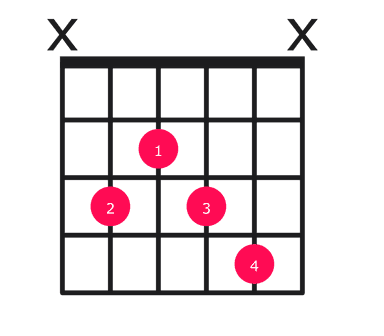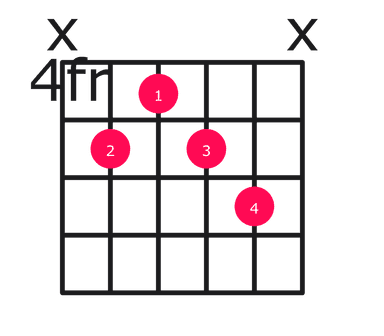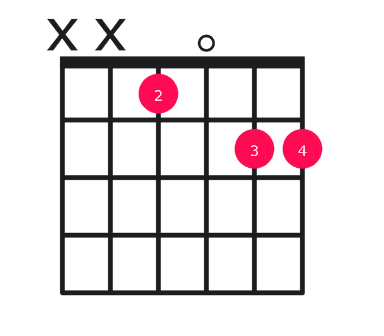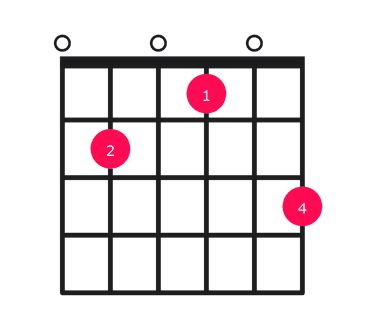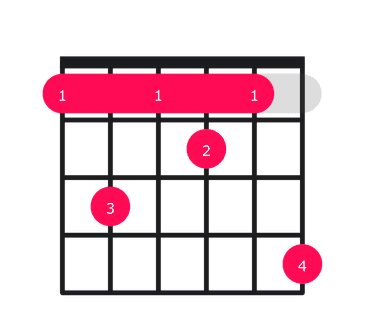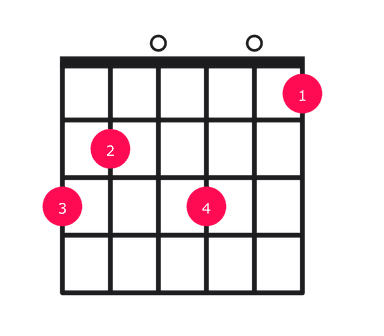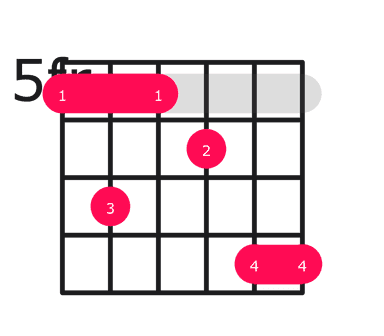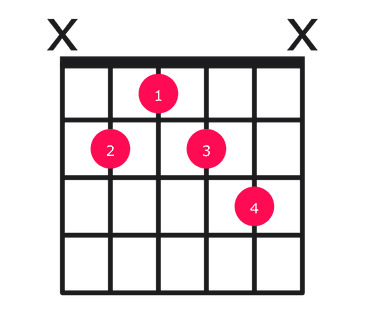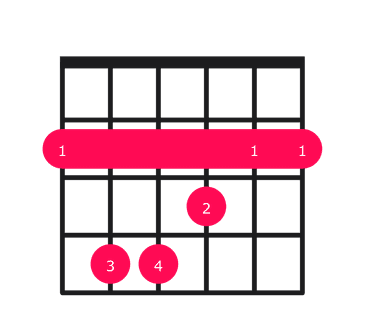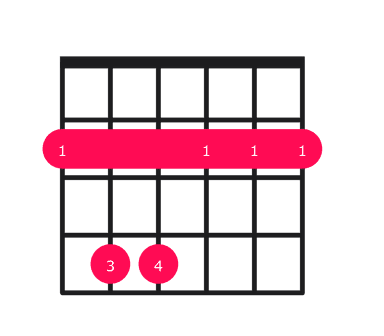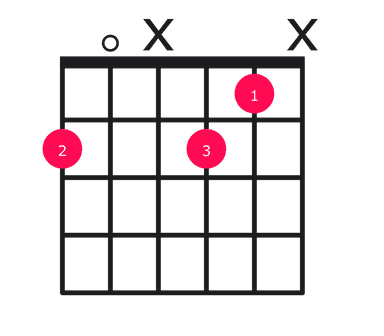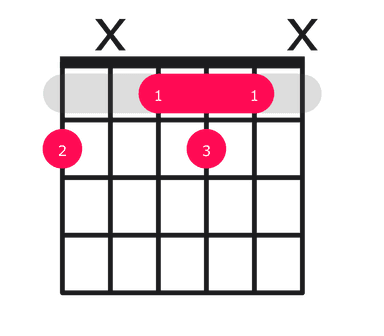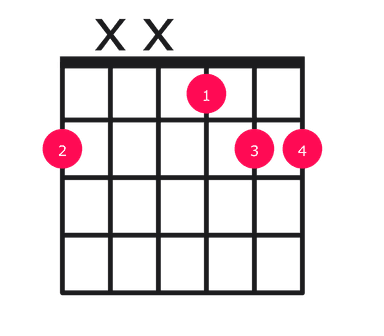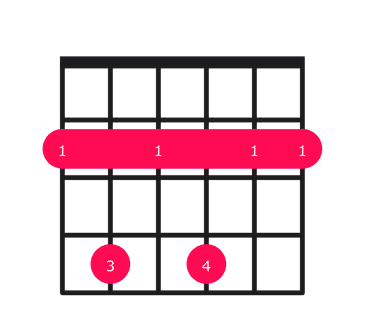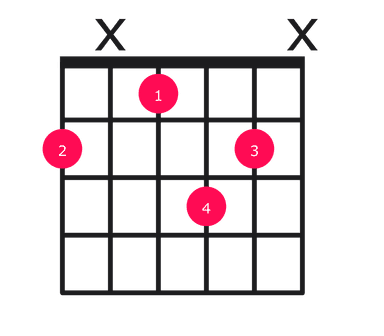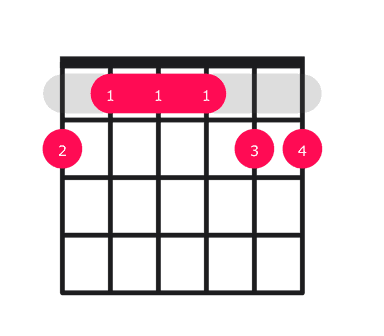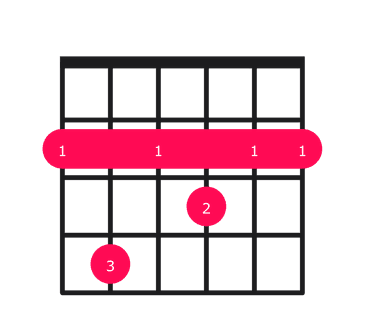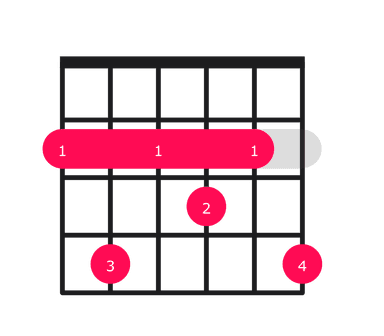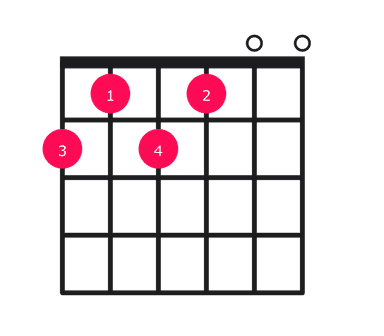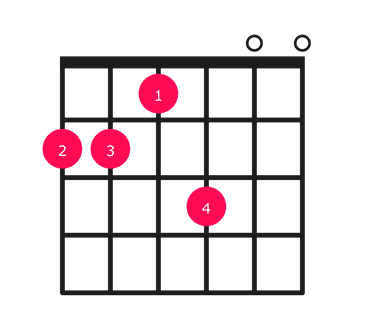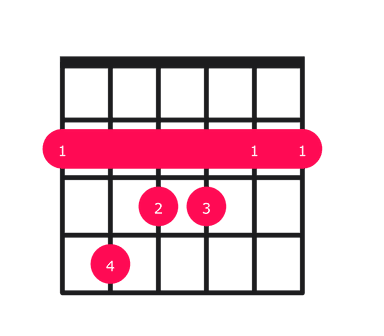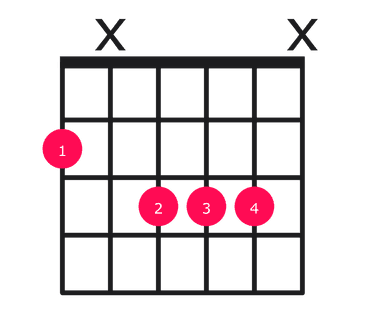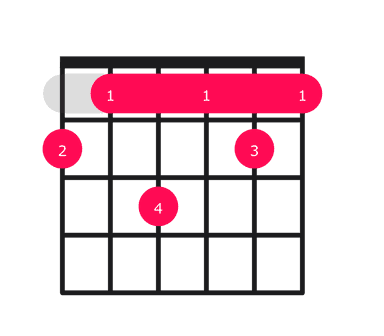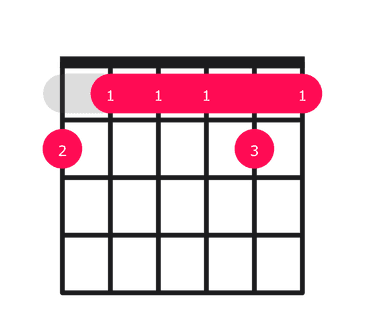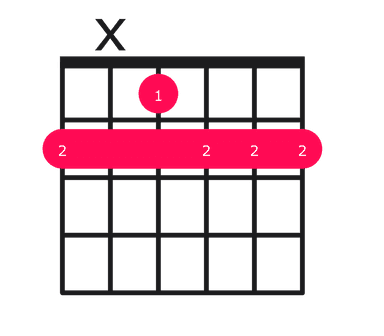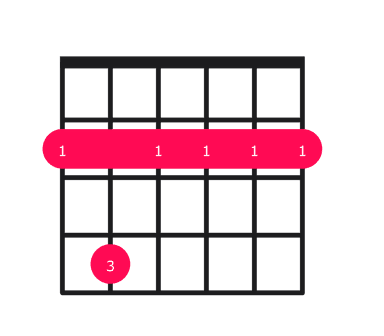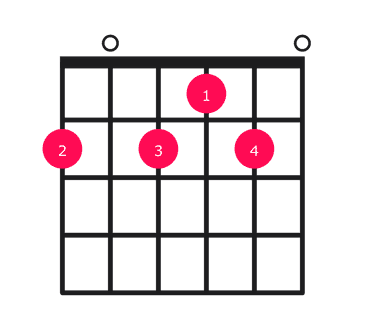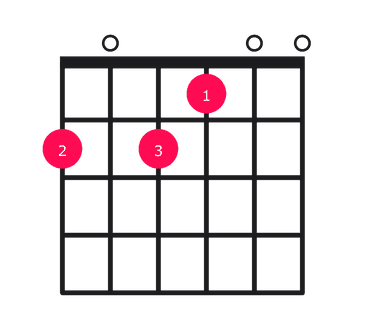How to play the F#7#9 chord on guitar
Elevate your playing with this jazzy chord, as heard in "Oye Como Va."
The F#7#9 chord
The F#7#9 chord, pronounced "F sharp dominant sharp ninth," is a unique and jazzy voicing that adds sophistication to progressions. Notable for its dissonant yet intriguing sound, the sharp ninth interval creates tension and release. Commonly used in jazz, blues, and funk, the F#7#9 can be heard in songs like Jimi Hendrix's "Purple Haze" and Steely Dan's "Josie," adding a touch of musical intrigue.
There are many ways to play a chord. Here's a diagram for the most common F#7#9 chord. We've also included other versions below.

Unlock your playing potential in online guitar lessons with experts on Til. Start today and achieve your guitar goals quickly. Find a top-rated teacher.
Finger placement for F#7#9 chord
The F#7#9 chord is typically played as a barre chord on the 2nd fret of the guitar.
Follow these finger positions to play a F#7#9 chord on your guitar:
- Barre your index finger across all six strings on the 2nd fret.
- Place your middle finger on the 3rd fret of the 3rd (G) string.
- Place your ring finger on the 4th fret of the 4th (D) string.
- Place your pinky finger on the 4th fret of the 2nd (B) string.
To strum this chord, use your pick or thumb to play down across all six strings in one smooth motion.
How to play an easy F#7#9 chord on guitar
If you're a beginner looking to play a simpler version of the F#7#9 chord, try playing an F#7 chord instead. Place your index finger on the 2nd fret of the 6th (low E) string, your middle finger on the 2nd fret of the 3rd (G) string, and your ring finger on the 3rd fret of the 5th (A) string.
How to play a F#7#9 bar chord
The F#7#9 chord can be challenging to play in its standard form, but luckily there is a convenient barre chord version that is easier to switch to from other barre chord shapes.
Here's how to play an F#7#9 barre chord:
- Place your index finger across all six strings at the 2nd fret to form the barre.
- Place your middle finger on the 3rd fret of the 3rd (G) string.
- Place your ring finger on the 4th fret of the 5th (A) string.
- Place your pinky finger on the 4th fret of the 4th (D) string.
- Strum all six strings from low to high.
Common F#7#9 chord progressions
The F#7#9 chord is a versatile and expressive chord that can add a sophisticated, jazzy, or even mysterious feel to chord progressions. It is often used as a passing chord or a substitution for the V7 chord in various keys. Here are some common chord progressions featuring the F#7#9 chord:
- I - VI - II - F#7#9 - I (C - Am - Dm - F#7#9 - C)
- I - IV - F#7#9 - I (C - F - F#7#9 - C)
- VI - F#7#9 - II - V (Am - F#7#9 - Dm - G)
- III - F#7#9 - VI - II - V (Em - F#7#9 - Am - Dm - G7)
- I - III - F#7#9 - VI (C - Em - F#7#9 - Am)
Drills to master the F#7#9 chord
To master the F#7#9 chord, start by playing each note individually, focusing on clean execution. Once comfortable, play the notes in ascending and descending order, gradually increasing your speed.
Next, practice transitioning to and from the F#7#9 chord. Choose common chords like E, B, or C#m, and create simple progressions. Concentrate on smooth transitions between chords, ensuring each note rings clearly. With consistent practice, you'll develop muscle memory and fluency with this unique chord.
Unlock your playing potential in online guitar lessons with experts on Til. Start today and achieve your guitar goals quickly. Find a top-rated teacher.
Tom G.
"Quist is excellent at providing motivation to practice. My family, friends, and bandmates commented that my guitar playing, timing, and phrasing all improved."
Songs that feature the F#7#9 chord
Here are 8 popular songs you can play with the F#7#9 chord.
- Summertime by George Gershwin (F#7#9, Bmaj7, E9, Amaj7, G#m7, C#7, F#m7, B7, F#m)
- This Masquerade by George Benson (F#7#9, B7sus4, Emaj7, C#m7, F#m7, B7, Emaj7, C#7)
- Stardust by Hoagy Carmichael (F#7#9, B7, Emaj7, C#m7, F#m7, Bm7, E7, Amaj7, D7, Gmaj7, C7, F7, Bbmaj7, Eb7, Abmaj7, Db7)
- Lush Life by Billy Strayhorn (F#7#9, B7, Emaj7, G#m7, C#7, F#m7, Bm7, E7, Amaj7, C#m7, F#7)
- Naima by John Coltrane (F#7#9, Emaj7, F#m7, B7, Emaj7, C#m7, F#7, Bm7, E7, Amaj7)
- Prelude to a Kiss by Duke Ellington (F#7#9, B7, Emaj7, C#m7, F#m7, Bm7, E7, Amaj7, D7, Gmaj7)
- In a Sentimental Mood by Duke Ellington (F#7#9, B7, Emaj7, C#m7, F#m7, Bm7, E7, Amaj7)
- Angel Eyes by Matt Dennis (F#7#9, B7, Emaj7, C#m7, F#m7, Bm7, E7, Amaj7, D7, Gmaj7, C7, Fmaj7, Bbmaj7, Ebmaj7)
How a guitar teacher can help
If you feel stuck in your playing, it might help to take personalized guitar lessons with an expert guitarist. Taking lessons with a pro gives you access to the skills, feedback, and motivation to reach your goals.
You can find expert guitar teachers to support you in the journey. Thousands of people have turned to online guitar lessons on Til, instead of traditional in-person lessons, because Til gives you access to the best teachers in the world from the comfort of home. And with flexible scheduling, secure payments, lesson recordings, and a private chat with your teacher–there’s never been a better way to learn guitar.
